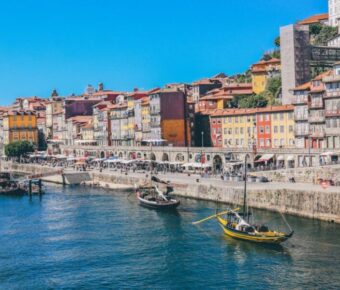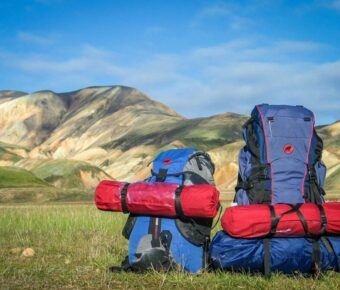
Antarctica Trip Cost Under $10,000: Explore the Frozen Frontier
Planning a trip to Antarctica? Get ready for an adventure like no other. This icy continent at the bottom of the world offers breathtaking landscapes and unique wildlife encounters. A trip to Antarctica typically costs between $5,000 to $60,000 per person, depending on your chosen cruise and extras.
The price tag might seem steep, but it covers a lot. Your fare usually includes meals, lodging on the ship, and guided excursions. You’ll need to budget extra for flights to your departure port, travel insurance, and cold-weather gear.
Antarctica isn’t a cheap destination, but it’s worth every penny. You’ll see massive icebergs, playful penguins, and maybe even whales breaching the icy waters. It’s a once-in-a-lifetime trip that will leave you with unforgettable memories.
Contents
- Key Takeaways
- Understanding Antarctica Trip Costs
- Types of Antarctica Expeditions
- Factors Affecting Trip Cost
- Choosing Your Expedition Cruise
- Comparison of Antarctica Cruises
- Selecting the Right Expedition Ship
- Booking and Early Incentives
- Budgeting for Your Journey
- Typical Costs and Expenses
- Additional Costs to Consider
- Saving on Your Trip to Antarctica
- Timing Your Expedition
- Seasonal Considerations
- Weather Impacts on Pricing
- Planning and Preparation
- Itinerary Planning
- Expedition Crew and Expertise
- Gearing Up for Your Adventure
- Wildlife and Destinations
- Encountering Antarctica’s Wildlife
- Must-See Destinations
- Accommodation and Onboard Amenities
- Choosing Your Cabin
- Onboard Services and Facilities
- Responsible Travel and Environmental Concerns
- Following IAATO Guidelines
- Minimizing Environmental Impact
- More Travel Guides
Key Takeaways
- Antarctica trips range from $5,000 to $60,000 per person
- Cruise fares cover most costs, but extras like flights and gear add up
- The best time to visit is during the Antarctic summer from November to March
Understanding Antarctica Trip Costs
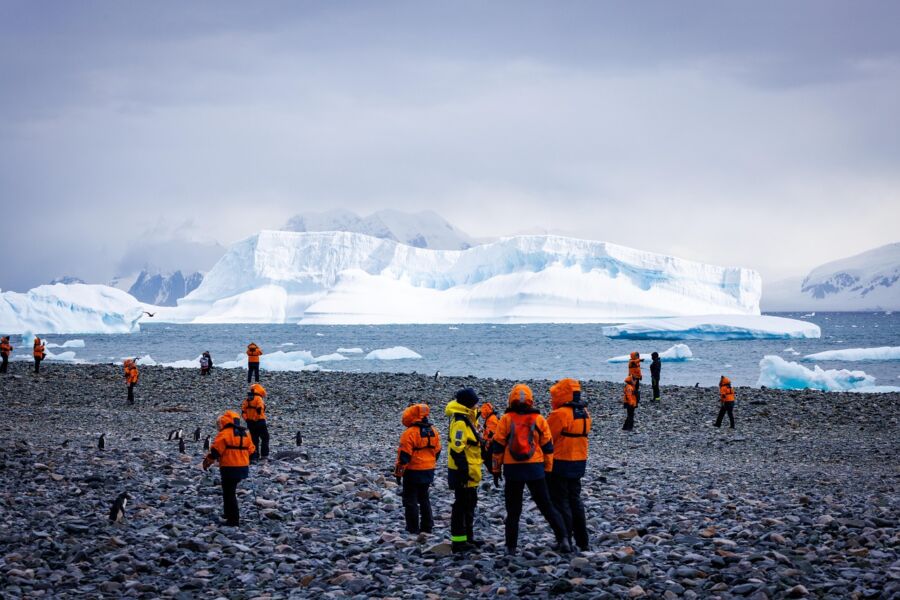
Antarctica trips come with hefty price tags. The unique destination and challenging logistics drive up costs. Let’s break down what you can expect to pay and why.
Types of Antarctica Expeditions
Budget-friendly options start around $5,000 for basic cruises. These typically use older ships with fewer amenities. Mid-range trips run $10,000 to $15,000. You’ll get a newer ship and more comfortable accommodations.
Luxury expeditions can set you back $20,000 to $50,000 or more. These feature high-end ships with spacious cabins, gourmet meals, and expert guides. Some even offer helicopters or submarines for exploring.
Don’t forget about “fly-cruise” options. You fly to Antarctica and board your ship there. This cuts down on rough sea crossings but costs more.
Factors Affecting Trip Cost
Ship type plays a big role in pricing. Smaller expedition ships are often pricier but can access more remote areas. Larger luxury vessels offer more amenities but stick to well-traveled routes.
Season matters too. Peak season (December to February) is most expensive. You can save about 20% by traveling in November or March.
Trip length affects cost. Most voyages last 10-14 days, but longer trips of 3-4 weeks are available. Each extra day adds to the price tag.
Included activities impact cost. Some trips offer kayaking, camping, or photography workshops for an extra fee. These can add hundreds or thousands to your bill.
Don’t forget about gear. You’ll need warm, waterproof clothing. Renting is an option, but buying your own can cost $500-$1000.
Choosing Your Expedition Cruise

Picking the right Antarctica cruise can make or break your trip. Let’s dive into the key factors to consider when selecting your expedition, from ship types to booking strategies.
Comparison of Antarctica Cruises
Antarctica cruises come in all shapes and sizes. Luxury ships offer fancy cabins and gourmet meals, but they’re pricey. Expedition vessels are smaller and more adventure-focused. Some even have kayaking or camping options.
Prices vary a lot. Budget cruises start around $5,000 per person, while luxury trips can hit $30,000 or more. Most folks spend about $10,000 on average.
Think about what’s important to you. Do you want a comfy bed and spa treatments? Or are you cool with basic cabins if it means more time on land?
Selecting the Right Expedition Ship
Ship size matters in Antarctica. Bigger isn’t always better here. Smaller ships (under 200 passengers) can often get closer to shore and offer more landings.
Look for ice-strengthened hulls and stabilizers for smoother sailing. Check out the ship’s amenities too. Some have gyms, libraries, and lecture halls.
Don’t forget about the crew. Experienced guides can make your trip amazing. Ask about the staff-to-guest ratio and their qualifications.
Remember, you’ll spend a lot of time on board. Make sure you pick a ship you’ll enjoy living on for a week or two.
Booking and Early Incentives
Booking early can save you big bucks on Antarctica cruises. Many companies offer early bird discounts of 10-25% off. Some even throw in free flights or hotel stays.
But don’t rush into anything. Research different operators and read reviews. Compare prices and what’s included. Some “cheaper” cruises might nickel and dime you later.
Keep an eye out for last-minute deals too. If you’re flexible, you might snag a bargain. Just be ready to go at short notice.
Consider booking through a travel agent who specializes in Antarctica. They often have insider info on the best deals and ships.
Budgeting for Your Journey
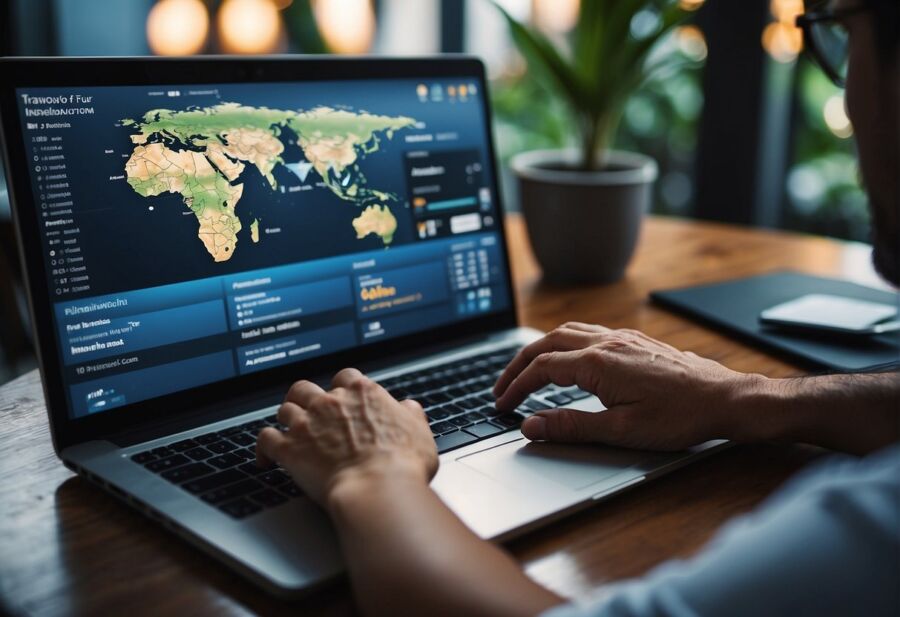
Planning a trip to Antarctica takes careful financial preparation. Let’s break down the costs and explore ways to make your dream expedition more affordable.
Typical Costs and Expenses
Antarctica cruises usually cost between $5,000 and $50,000 per person. Budget options start around $5,000 for basic accommodations and shorter trips. Mid-range cruises run $10,000 to $20,000, offering more comfort and activities. Luxury expeditions can exceed $50,000 for the most lavish experiences.
Your trip price typically includes:
- Cabin on the ship
- Meals and some drinks
- Guided excursions
- Lectures and entertainment
Flights to your departure point aren’t usually included. Expect to pay $1,000 to $2,500 per person for airfare, depending on your starting location.
Additional Costs to Consider
Don’t forget these extra expenses when budgeting:
- Travel insurance: $50 to $200 for a single trip
- Gear: $500 to $1,500 for proper clothing and equipment
- Pre/post-trip hotels: $100 to $300 per night
- Souvenirs and extras: $200 to $500
You’ll also need money for tips, usually $10 to $15 per day per crew member. Some cruises have a tipping pool, while others let you tip individually.
Saving on Your Trip to Antarctica
While Antarctica isn’t a budget destination, you can cut costs:
- Book early: Many operators offer early bird discounts.
- Travel in shoulder season: November and March trips are often cheaper.
- Look for last-minute deals: If you’re flexible, you might snag a bargain.
- Choose a larger ship: They’re usually less expensive than small expedition vessels.
- Compare prices from different operators to find the best deal.
Consider renting gear instead of buying it all. Some cruise lines provide essential items, saving you money on expensive purchases you’ll rarely use again.
Timing Your Expedition

The timing of your Antarctica trip can really impact both costs and experiences. Planning ahead helps you make smart choices about when to go.
Seasonal Considerations
Antarctica’s tourist season runs from late October to early March. Peak season is December to February, when days are longest and temps warmest. Prices shoot up then, often 20-30% higher than shoulder seasons.
Early season (November) brings stunning ice formations and active penguins starting to nest. Late season (February-March) is great for whale watching as they feed before migrating north. These shoulder periods offer better deals.
Some folks love the 24-hour daylight of December, perfect for photography. Others prefer February’s amazing sunsets. Your priorities and budget will guide your choice.
Weather Impacts on Pricing
Antarctica’s weather is famously unpredictable and affects trip costs. Summer (Dec-Feb) averages a balmy 32°F (0°C), while shoulder seasons dip to 23°F (-5°C) or lower.
Milder weather means easier landings and more time exploring. That’s why peak season commands premium prices. But don’t write off colder months! They offer unique photo ops and wildlife sightings.
Cruise operators factor in fuel costs and ice conditions when setting prices. Shoulder season trips might be cheaper, but face higher risks of itinerary changes due to weather. It’s a trade-off between savings and flexibility.
Planning and Preparation
Getting ready for an Antarctica trip takes careful planning. You’ll need to consider your itinerary, the expedition team, and the gear you’ll bring along.
Itinerary Planning
Your Antarctica trip starts with choosing the right itinerary. Most voyages last 10-14 days and visit the Antarctic Peninsula. Shorter trips might only explore the South Shetland Islands. Longer ones could take you to South Georgia or the Falkland Islands too.
Think about what you want to see. Penguins? Whales? Icebergs? Each area offers different wildlife and landscapes. Some trips focus on photography or adventure activities like kayaking.
Pick a time to go. The tourist season runs from November to March. Early season trips see more snow and ice. Late season is better for whale watching.
Expedition Crew and Expertise

The people leading your trip can make or break the experience. Look for ships with expert guides and lecturers. They should have backgrounds in fields like marine biology, geology, or Antarctic history.
A good crew-to-passenger ratio is important. More staff means more personal attention and chances to learn. Ask about the guides’ qualifications and experience.
Some ships have photographers on board to help you capture amazing shots. Others might have artists or writers to inspire your creativity.
Gearing Up for Your Adventure
Packing right is key for your comfort in Antarctica’s harsh climate. You’ll need warm, waterproof layers. Most ships provide a heavy parka, but you’ll want to bring your own base layers, fleece, and waterproof pants.
Don’t forget accessories like gloves, a warm hat, and sunglasses. Sunscreen is a must – the Antarctic sun is strong. Bring a good camera with extra batteries. The cold drains them fast.
Some other essentials: seasickness meds for the Drake Passage, a daypack for landings, and binoculars for wildlife viewing. Check if your ship rents boots or if you need to bring your own.
Wildlife and Destinations
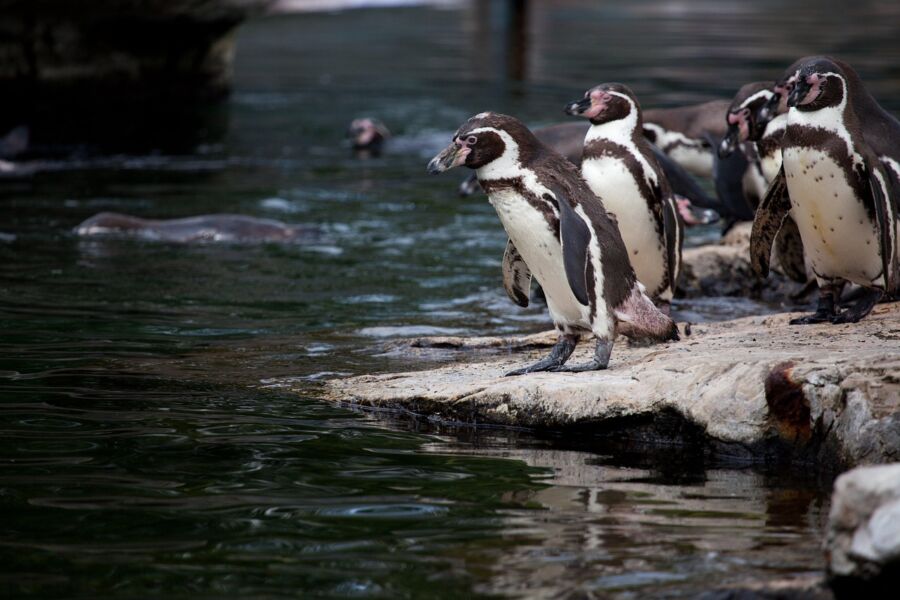
Antarctica offers breathtaking encounters with unique wildlife and awe-inspiring landscapes. You’ll have the chance to see amazing animals up close and visit some of the world’s most remote and pristine places.
Encountering Antarctica’s Wildlife
Get ready to see penguins waddling across icy shores and seals lounging on ice floes. You might spot emperor penguins, the largest penguin species, standing nearly 4 feet tall. Adelie and gentoo penguins are common sights too. Keep your eyes peeled for leopard seals hunting in the waters.
Whale watching is a huge highlight. Humpback, minke, and orca whales often breach the surface, putting on spectacular shows. Bring binoculars to spot birds like albatrosses and petrels soaring overhead.
Must-See Destinations
The South Shetland Islands are a popular first stop, with research stations and volcanic landscapes. Deception Island’s flooded caldera offers a unique chance to take a dip in Antarctica.
Paradise Bay lives up to its name with stunning glaciers and icebergs. You can often kayak here among the ice for an unforgettable experience. The Ross Sea region boasts the impressive Ross Ice Shelf and historic explorer huts.
Don’t miss the Lemaire Channel, nicknamed “Kodak Gap” for its picture-perfect scenery. You’ll cruise between towering cliffs and glaciers in this narrow passage.
Accommodation and Onboard Amenities

Your living space and available facilities play a big role in your Antarctica trip experience. The right cabin and amenities can make your voyage more comfortable and enjoyable.
Choosing Your Cabin
Picking a cabin is super important for your Antarctica cruise. Prices can be way different depending on what you choose. Inside cabins are usually cheapest, starting around $5,000 per person. Outside cabins with windows cost more, maybe $7,000-$10,000. Fancy suites can set you back $15,000 or more!
Think about what matters most to you. Do you want a view? Extra space? A private balcony? Remember, you’ll spend lots of time in your cabin between excursions. It’s worth splurging a bit if you can.
Some ships have shared bathrooms for budget cabins. If that’s not your thing, make sure to pick a cabin with a private bathroom.
Onboard Services and Facilities
Antarctica cruise ships offer lots of cool stuff to do when you’re not exploring. Most have gyms, lounges, and libraries. Fancier ships might have spas, hot tubs, or even small pools.
Dining is usually included in your fare. You’ll find buffets and sit-down restaurants. Some luxury ships have gourmet options or celebrity chefs.
Don’t expect wild entertainment like on big Caribbean cruises. Instead, you’ll get educational talks from experts about wildlife, history, and science. Some ships have photography workshops too.
Internet can be slow and pricey in Antarctica. If staying connected is important, check what your ship offers. Some have better Wi-Fi than others.
Responsible Travel and Environmental Concerns

Visiting Antarctica comes with big responsibilities. You need to follow strict rules and be extra careful to protect this fragile place. Let’s look at how you can be a good guest on the icy continent.
Following IAATO Guidelines
The International Association of Antarctica Tour Operators (IAATO) sets the rules for trips down south. These guidelines help keep you and the environment safe. You’ll get a briefing before landing on any sites. Listen up – it’s important stuff!
Make sure you don’t get too close to wildlife. Keep at least 15 feet away from penguins and seals. Remember, never feed the animals. It messes up their natural habits.
Stick to marked paths when you’re on shore. Don’t bring any food or drinks onto land. Clean your boots before and after each landing to avoid spreading invasive species.
Minimizing Environmental Impact
You can make a big difference in protecting Antarctica. Pack light and bring reusable water bottles. Avoid single-use plastics.
If you go camping, use special toilets provided by your tour company. Never leave anything behind – not even bodily waste! Take only photos and memories.
Be mindful of your energy use on the ship. Turn off lights and electronics when not in use. Choose eco-friendly toiletries that won’t harm marine life.
By being a responsible traveler, you’re helping keep Antarctica pristine for future generations to enjoy.
